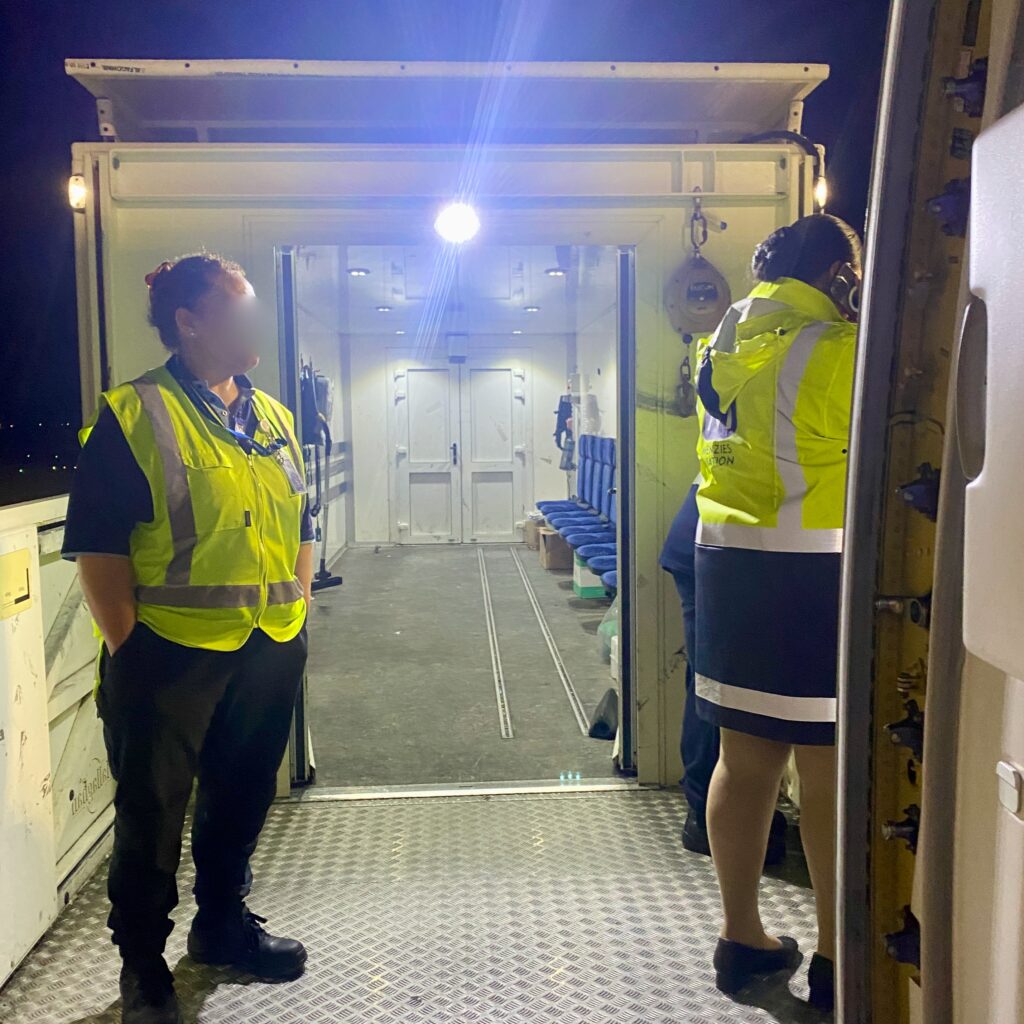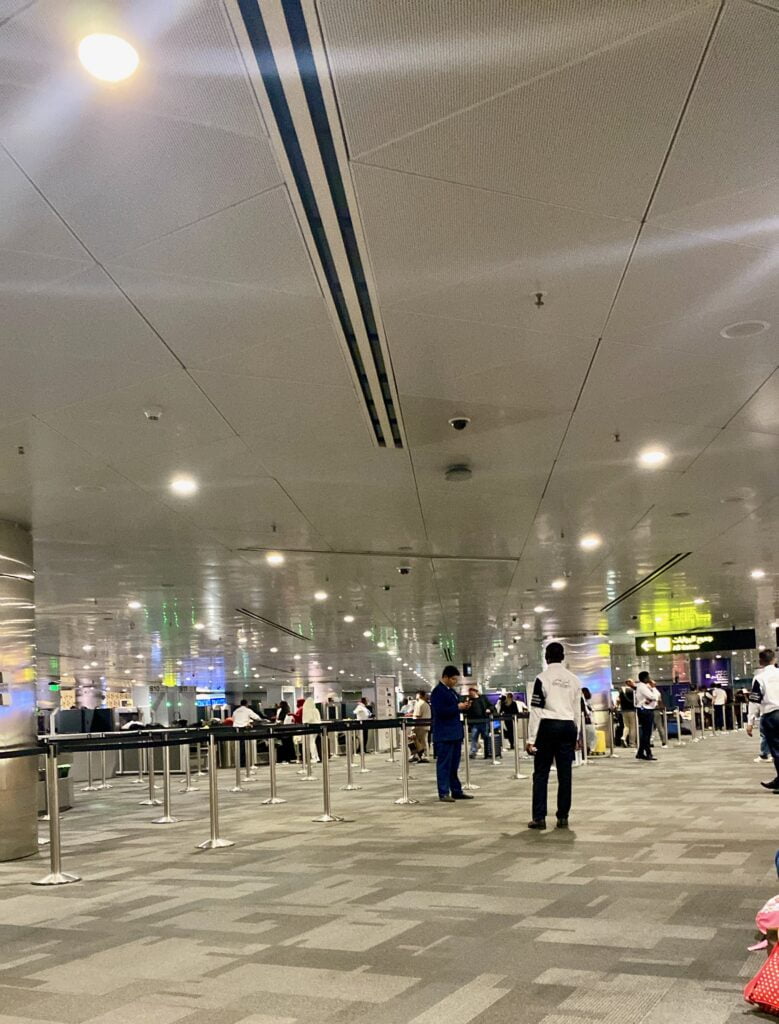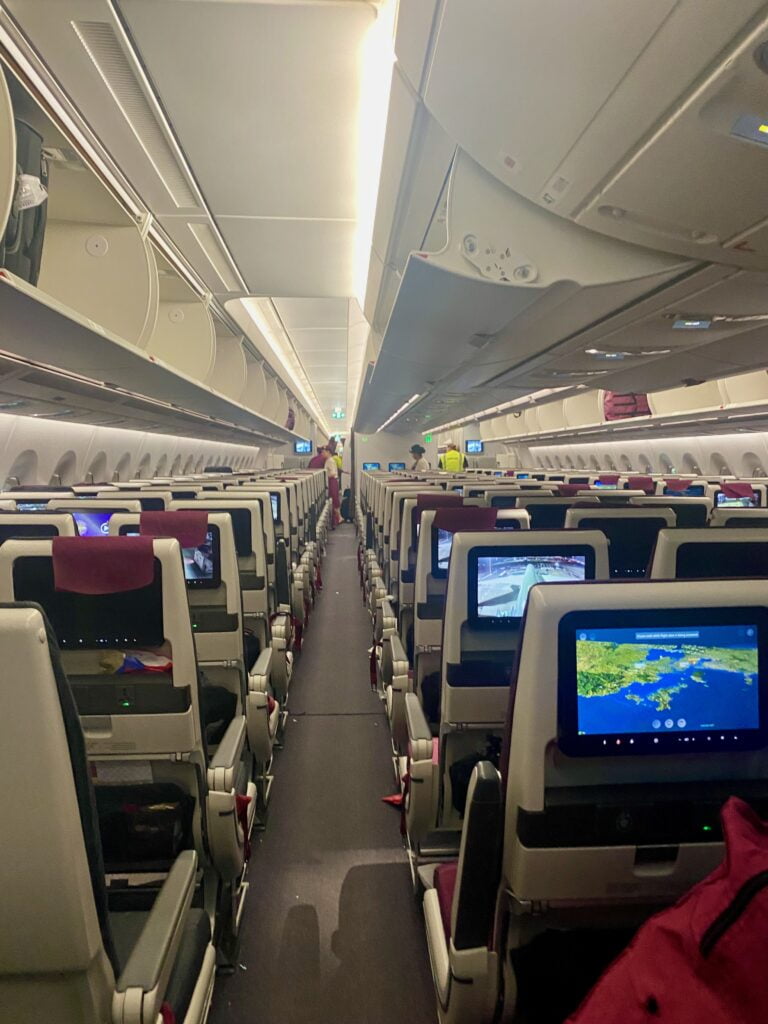Since 1998 when I first became a permanent wheelchair user, I have had the incredible privilege to travel to various countries and destinations. I have used a number of different airlines and my experiences with each of them as a wheelchair traveller – especially a solo traveller – have been rather mixed.
The Backstory…
Living life in a wheelchair teaches an important lesson very, very quickly: Plan ahead…ALWAYS! Whether it is a visit to a restaurant, new friends, (believe it or not) a new doctor’s room or hospital, planning ahead is always an important part of the planning process. Very little happens spontaneously since we need to know if we will have access into buildings and toilets/bathroom facilities to avoid unnecessary disappointment, spoiling our outing (for everyone) in the end.
So, naturally, when planning an overseas trip, the planning process starts long before the departure date and usually includes several emails to the airline. Usually emails or phone calls to the airline ensures that the correct procedure is followed to requests special assistance on the aircraft as well as at the airport. The latter includes a request for access to my own wheelchair at the airport, particularly during long lay-overs.
The Trip…The Frustrations
When all of the preparation is done, airline procedures are followed to the letter, emails are sent, replies received from the airline confirming requests, it is inevitably followed by a sense of relief and excitement to depart on the journey. Emails are printed and produced at the check counter to confirm requests and ground staff usually provide a reassurance that all will be well at the arrival destination.

Leg 1 of the Flight
We board Leg 1 of the flight and usually all goes well. Let me be clear, aircraft staff are most often (in most of my experiences over the years), simply fantastic. On board, I always ensure to confirm that I have requested for my wheelchair to be available at the arrival airport at the aircraft door and I always ask for them to check that with the ground staff at the arrival airport. Again, I’m usually reassured that the ground staff have been contacted and that my chair will meet me at the aircraft door.
Arrival…Disappointment 101

Today (13 October 2023), like many, many times in the past we land, I wait until all passengers have disembarked, I am fetched from my seat with the aisle chair, I get to the door of the aircraft and…NO WHEELCHAIR! Suddenly, no one knows where it is, why it is not at the door, accountability and blame are shifted from person to person and I am left with a generic airport wheelchair and a member of the ground staff who is dumbfounded. I produce my written email request and my confirmation reply from the airline and that creates even more confusion. The aircraft staff want to disembark as quickly as possible and my situation causes a delay, resulting in many obscure whispers and frustrated expressions – often even from the pilots! The wheelchair is not available and I am hauled into an airport chair with comments such as “I understand your frustration I have just returned to work after a shoulder injury” (Flight Attendant in charge on Qatar Flight QR921 13 Oct 2023 Auckland to Doha) OR better yet, “You should be grateful that we let you fly”! (The latter was said by a charming – not so much! – gentleman – after arriving at Dubai Airport on an Emirates flight a couple of years ago.)
Today was my first positive exception. Although leaving the aircraft reluctantly once again without my chair, a member of customer services in Hamad International Airport assisted me fantastically by arranging for my chair to be located. After about 90 minutes I was elated to receive my own chair. Today was a good day and the outcome was great.
The question that needs answering:
Why do wheelchair travellers need access to their own wheelchairs during layovers?
First and foremost it’s important to remember that people with disabilities often have specific needs and preferences related to their mobility aids, such as wheelchairs. Explore a couple of reasons why someone with a disability might prefer to use their own wheelchair:
- Customization: A personal wheelchair may be customized to fit the individual’s specific needs, including seat height, cushioning, and other features that maximize comfort and functionality. During a 9 hour layover at Dubai Airport I was given an airport wheelchair that was way too wide for me, resulting in it being almost impossible for me to wheel myself with my hand luggage on my lap. The only thing I could do was to limit any movement to trips to the bathroom!
- Independence: Using their own wheelchair can provide a greater sense of independence and control for the person with a disability. They may be more accustomed to their own wheelchair’s manoeuvrability and features. For those of us who are fortunate enough to be mobile and independent while using a wheelchair permanently, it is vital to maintain as much of it as we can. I find it challenging to depend on someone to wheel me around, especially to the bathroom. Like any able bodied traveller I don’t want to ask someone’s permission to go the bathroom let alone when it suits them!
- Hygiene: People with disabilities who use wheelchairs may have specific hygiene considerations, and using their own wheelchair can help them maintain a cleaner and more hygienic environment.
- Medical Equipment: Personal wheelchairs can be equipped with necessary medical accessories or support devices that are tailored to the individual’s medical condition.
- Emotional Comfort: Some individuals may have a strong emotional attachment to their own wheelchair (it’s okay, I probably fit the description – and I’m fine with that!), and using it can provide a sense of comfort and familiarity, reducing stress and anxiety during travel. As soon as I see my wheelchair at the aircraft door, I can relax and my journey can really begin.
- Supportive Features: A personal wheelchair may have added support features that are essential for the individual’s specific needs, such as postural support or pressure relief. Back- and foot rests and cushions specifically chosen to suit our needs make life significantly easier.
While airport-provided wheelchairs can be helpful for short-term assistance and transportation within the airport, they are typically generic and may not provide the level of comfort, support, or functionality that a person with a permanent disability requires.
Wheelchairs are not pieces of luggage. They simply aren’t. They are an essential part of daily life to every permanent wheelchair user. They embody independence and mobility. They are not like shoes that you can choose to wear if and when you like, they are our legs and feet.
Understanding and respecting the preferences and needs of individuals with permanent disabilities is an important aspect of promoting inclusivity and ensuring a positive travel experience for all passengers.


The treatment of permanent wheelchair users and mothers with prams at airports and on airplanes often reveals a troubling disparity that underscores discrimination against wheelchair users. While mothers with prams typically receive assistance, priority boarding, and designated spaces for their strollers, wheelchair users frequently face numerous obstacles. Many airports lack accessible facilities, and wheelchair users may encounter inadequate signage or assistance. Airlines, too, often fall short when it comes to providing appropriate seating and assistance for individuals with disabilities, in contrast to the support offered to parents with prams. This discrimination not only undermines the principles of equality and accessibility but also reflects the need for a more inclusive and empathetic approach to accommodating the diverse needs of all passengers, regardless of their physical abilities. As a daughter of a wheelchair user and a mom I can vouch for both. And the above is 100% true.